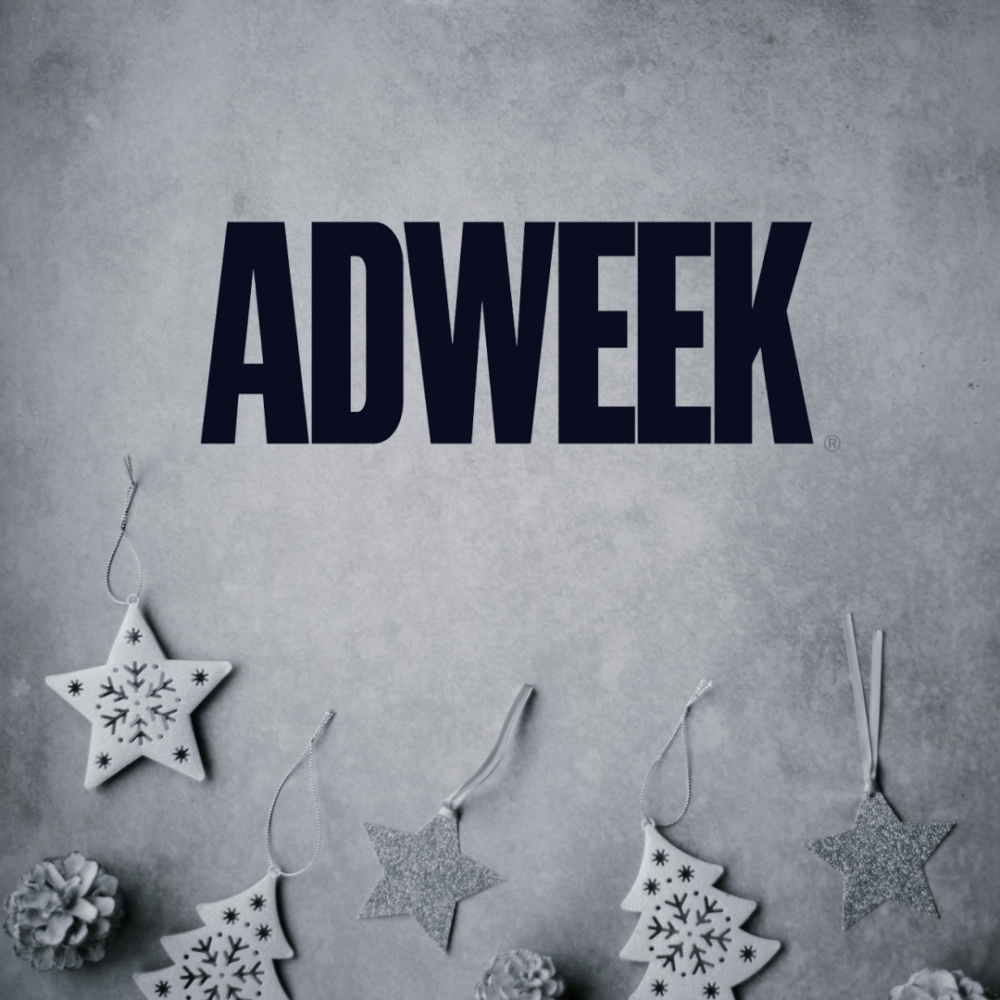Channel Factory Boosts Leadership Team, Promoting Jed Hartman to US President, and Appointing Jeremy Haft as New Chief Revenue Officer to Support Rapid Growth
BEVERLY HILLS, CA, FEBRUARY 8, 2021 – Channel Factory, the global brand suitability and ad performance platform for YouTube is adding to its leadership ranks as part of its US growth and expansion push, promoting Jed Hartman as its US President, and appointing Jeremy Haft as Chief Revenue Officer. The company also announced that Eren Pamir and Jenny Chau are being promoted to C-Suite positions. These promotions come off the back of continued global growth, which has fueled the need to ensure the company has an executive team in place to deliver against strategic goals.
“As more brands struggle with balancing precise targeting of their messages, in the right environment and with the right context on platforms like YouTube, demand has never been higher for the brand suitability intelligence and the tools we offer,” said Tony Chen, founder and CEO of Channel Factory. “Boosting our executive team with strategic and knowledgeable talent is an important step in driving scale and speed to deliver what our blue-chip clients need most, with an immediate focus on the world’s biggest media market in the US.”
Hartman, who joined Channel Factory in 2019 as Chief Commercial Officer, bringing experience leading commercial and revenue teams at Washington Post, Time Inc., and Dennis Publishing, will continue to report to Chen. Hartman will expand his remit to oversee sales, marketing, and client solutions, with Jenny Chau leading as Chief Solutions Officer and reporting to Hartman.
“I am honored to work with Tony and the team in leading Channel Factory’s exponential growth and expanding our brand-safe solutions,” said Hartman. “Having Jeremy lead our revenue team will supercharge our efforts to help more brands discover the power of what our platform offers for YouTube advertisers.“
Jeremy Haft will focus on growing the US revenue team and will report to Jed Hartman. He joins Channel Factory from Amobee, where he most recently served as Senior Vice President of Sales, North America. Prior to Amobee, Haft helped drive revenue for Viant, Visible Measures, Lotame, and MediaPost.
“I am honored and privileged to be joining Channel Factory at such an exciting time for the organization and our industry. Channel Factory powers contextual suitability and guaranteed outcomes for the world’s largest brands across the world’s biggest video library: YouTube,” said Haft. “Agencies and brands are continuing to look for ways to engage with their sought-after audiences in a brand-safe environment to create action. I am thrilled to be a part of the team to grow our customer relationships and make a positive impact on the amazing momentum Channel Factory is already experiencing.”
In addition, to support these leadership changes, Eren Pamir has been promoted to Chief Financial Officer and Jenny Chau has been promoted to Chief Solutions Officer. Pamir previously held the role of Vice President of Finance and Corporate Development, joining the team in 2019. Chau was previously Senior Vice President of Strategy and Client Operations. She joined Channel Factory in 2015.
To learn more about Channel Factory visit https://channelfactory.com/.
About Channel Factory
Channel Factory is a global technology and data platform that maximizes both performance efficiency and contextual suitability, turning YouTube’s 5 billion videos and 500 hours per minute of new content into brand-suitable, efficient advertising opportunities. Channel Factory’s mission is to create a suitable video ecosystem that connects creators, brands, and consumers – by enabling advertisers access to the most relevant videos, channels, and creators.
Through their proprietary platform that harnesses the power of the deepest YouTube dataset in the industry, Channel Factory has enabled advanced brand suitability, customized content targeting, and maximum performance for the world’s biggest brands. Channel Factory’s algorithm ensures not only that advertisers run against content that aligns with their brand but also delivers outcomes by optimizing campaigns using active and historical campaign performance data.
Channel Factory has offices across the USA and is present in over 30 countries worldwide including the United Kingdom, Sweden, Norway, Denmark, Finland, France, Germany, Spain, Ukraine, Australia, Hong Kong, and Singapore.
Media Contacts:
SVP Global Marketing
Lauren Douglass
Laura Cameron
Kite Hill for Channel Factory





![How to Create a Positive Brand Image & Build Brand Recognition [4 Tips]](https://channelfactory.com/wp-content/uploads/2024/01/krakenimages-376KN_ISplE-unsplash-1.jpg)




